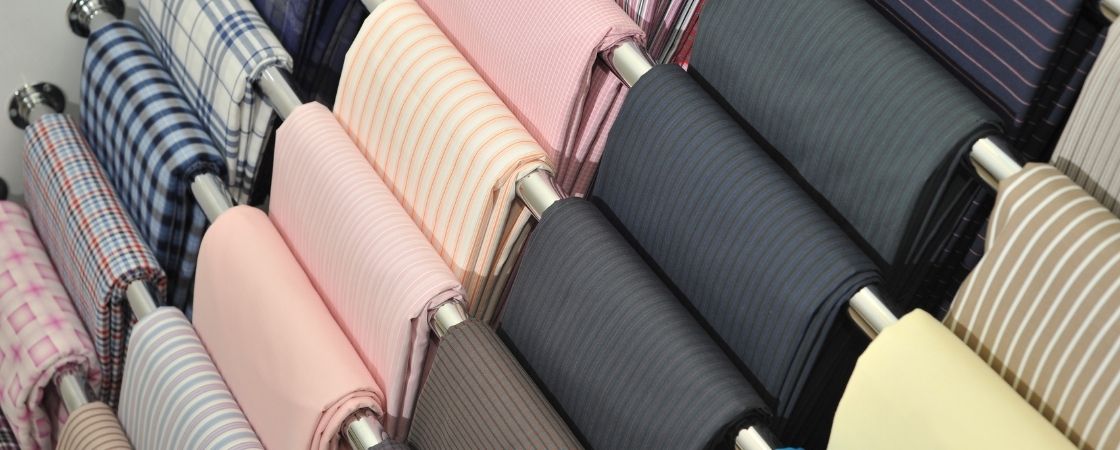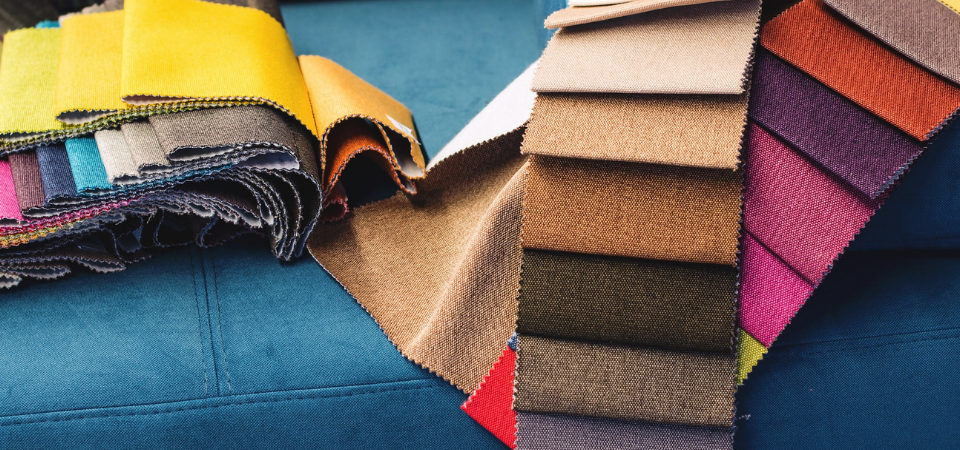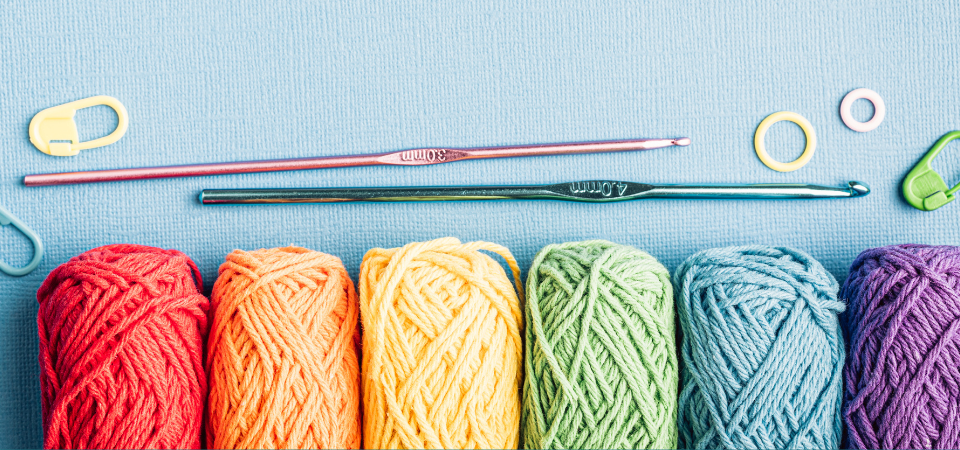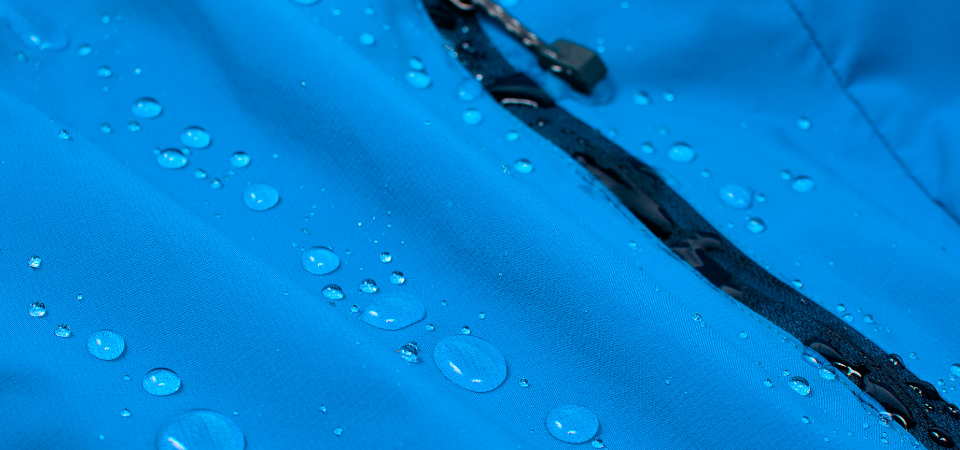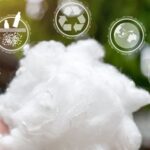
Natural Fibers Redefining Fashion’s Landscape
September 26, 2023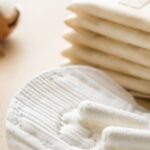
Organic Cotton: A Natural Touch for Sustainable Style
September 29, 2023For those who sweat excessively and are constantly on the move during the day, fabric preference is very important for comfort. Breathable, lightweight, and flexible fabrics make it more comfortable all day and make it easy to stay dry. Breathable fabrics are fabrics that stand out, especially in everyday life, and should be considered in clothing preferences. There are many tactics for choosing these fabrics; among these tactics, basic information such as the structure of the fabric, its weight, and the fiber used must be known. Breathable fabrics discussed in this article show you how to make the right choice for your skin.
What Is a Breathable Fabric?
Breathable fabrics are indispensable in clothing preferences for those who are quite active during the day and who sweat frequently. This fabric makes it easy to breathe between your skin and the outside. So, your sweat evaporates quickly, and you stay dry all day long. This type of fabric significantly improves the quality of life because it prevents you from staying wet all day long. Not all breathable fabric absorbs moisture as it is; such properties generally vary depending on the type of fabric. The best way to see if a fabric is breathable for a consumer is to read the label or take a short test. Breathable fabrics are ideal for athletes, those active during the day, those with frequent sweats, those with sensitive skin, and babies. It is quite advantageous as it does not cause heat-related allergies such as scoundrel.
How to Pick Breathable Fabrics
Although the number of breathable fabrics is quite large, these fabrics stand out with different properties. For this reason, not every breathable fabric means fabric that will make you feel comfortable and will not bother you. When choosing the most suitable product for yourself, it is recommended to consider a number of factors related to the relevant fabric.
For example, fabric structure and weight are very important factors. Frequently weaved items breathe less, while less frequently weaved items breathe more. Similarly, the fineness of the fabric is an effective factor in breathing. Not every breathable cloth means fabric that absorbs moisture. Some fabrics provide only airflow, while others may have both moisture absorbing and fast drying properties. In general, large products make you feel more comfortable, but if you are an active athlete, you should prefer narrower patterns.
The fiber used in fabric is also very important. Cotton is a naturally breathable fabric that is very healthy. In addition, polyester and synthetic fabrics show this feature according to the type of knitting and weaving used. Fabrics such as cotton, linen, and silk are natural fabrics, so they are moisture-absorbing and breathable. In synthetics, the above factors should be considered.
What Are the Most Breathable Fabrics?
The most popular breathing fabrics are as follows. The features of each fabric are different from each other, so it is necessary to consider these details before choosing the fabric that will fit your skin. Manufacturers may want to increase performance by mixing these fabrics together or adding other things to change their properties. For this reason, learning about fabrics alone is not enough, it is also necessary to read the labels.
1. Cotton
Cotton is one of the indispensables in the fashion industry. It is one of the most breathable fabrics and is a lightweight, durable, and easy-to-maintain option. It is especially preferred in everyday clothing and products such as bed linen and bedspreads. Although it is a breathable cloth, its moisture-absorbing feature is high, so it is not very successful in spreading moisture. For this reason, it may not be the right alternative for those who sweat very often.
2. Polyester
One of the most preferred fabrics in the fashion industry is polyester. The breathing feature depends on the type of weaving and knitting used, and because it is light, it is often used in sportswear. It is a water-repellent fabric for this reason; it does not absorb sweat and allows it to evaporate and dissolve. The downside is that it has a smell retention feature. It does not hold sweat but can smell sweat.
3. Nylon
Nylon also has the same properties as polyester. It is a fabric usually used in sportswear, and the breathability feature varies depending on the size of the fiber used and the type of weaving. Nylon absorbs sweat and dries quickly, but it has a smell retention feature.
4. Rayon
Rayon is a plant-based and semi-synthetic fabric, and its texture is soft like silk. It is a moderately breathable fabric and quickly dries the moisture it absorbs. Despite this, it wrinkles quickly and is not very successful in removing moisture from the body.
5. Linen
Linen fabric is especially indispensable for summer. It keeps the body cool and does not irritate the skin. It is a prominent option among breathable fabrics as it consists of hollow fibers that allow airflow. The only downside is that it is a fabric that wrinkles very quickly, and its cost is high.
6. Silk
Silk consists of fine threads that are considered microscopic and therefore pass the air very comfortably. It is a fabric that can be used easily in both hot and cold weather. It keeps you warm through insulation in cold weather. It is an excellent fabric not only for clothes but also as a bedspread. It has a high cost, similar to linen. No matter how breathable the fabric is, it is not good at absorbing moisture and shows sweat stains badly. In addition, even if it is washed, it can continue to smell.
7. Merino Wool
Merino wool is generally known as a fabric used in the winter season. However, it is often preferred in the summer because it is a breathing, moisture-free and odor-free fabric. Although it stands out with its natural structure among breathable fabrics, its texture can be a problem for some people. In addition to these, it is less durable and may require hand washing.
8. Viscose
Viscose also takes its place among breathable fabrics, but it is not as successful as other options. Although it offers moderate breathability, it is highly moisture-absorbing. It is generally preferred for silky and draped clothes.
9. Muslin
The muslin is comfortable and breathable, as it consists of a small number of threads and is quite soft. Baby clothes are made of this fabric because it is light in structure and does not hold bacteria and microbes. It is one of the most ideal fabrics for both adults and babies in the summer. In addition, it is often used not only in clothes but also in household products.
10. Chambray
Chambray is similar to denim fabric, yet it has a tightly woven cotton fabric structure and is lighter than jeans. It is a breathable fabric, although it has been woven frequently. Despite this, it does not show strength like jeans and creates a disadvantage as it wrinkles quickly.

